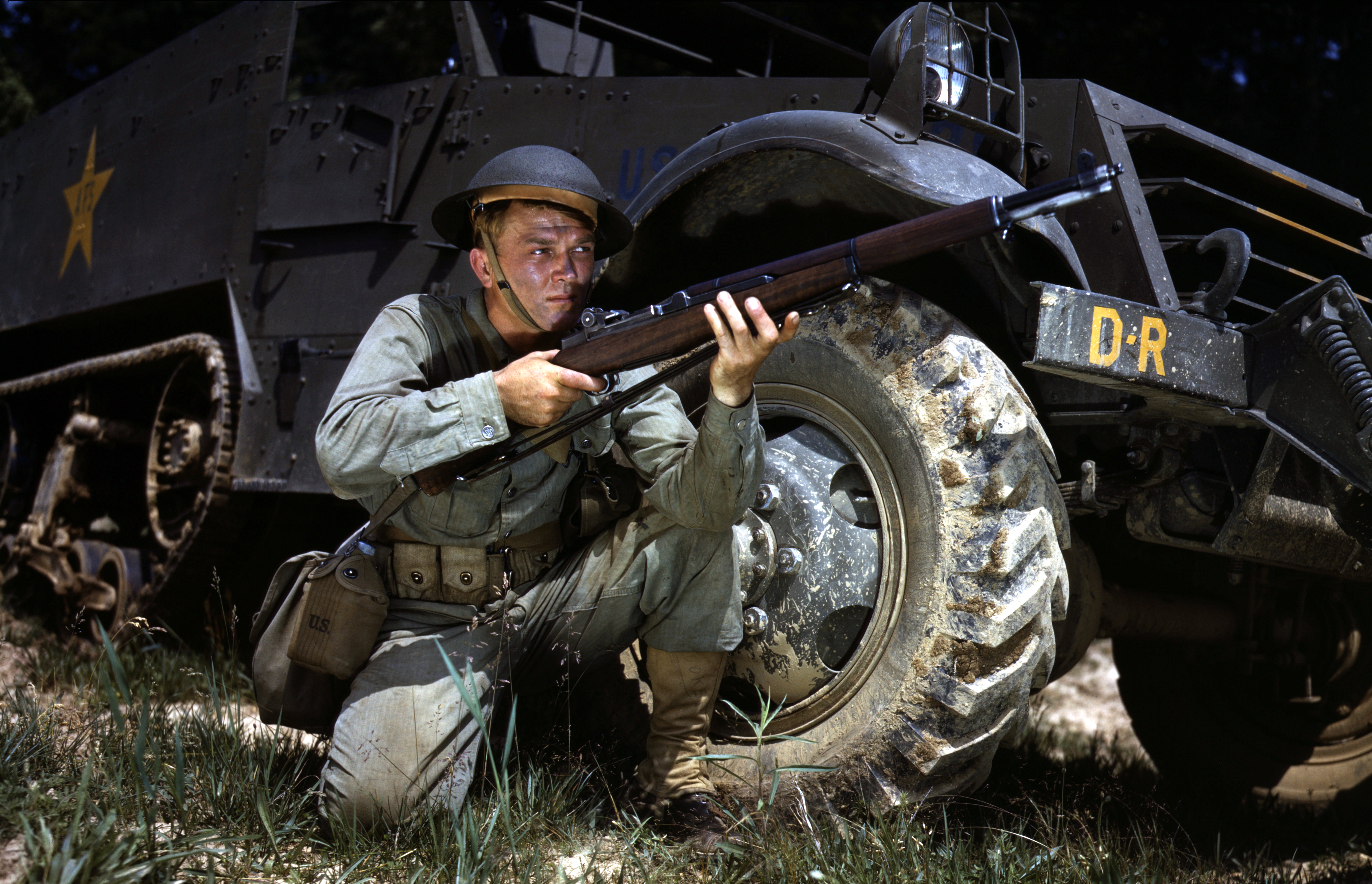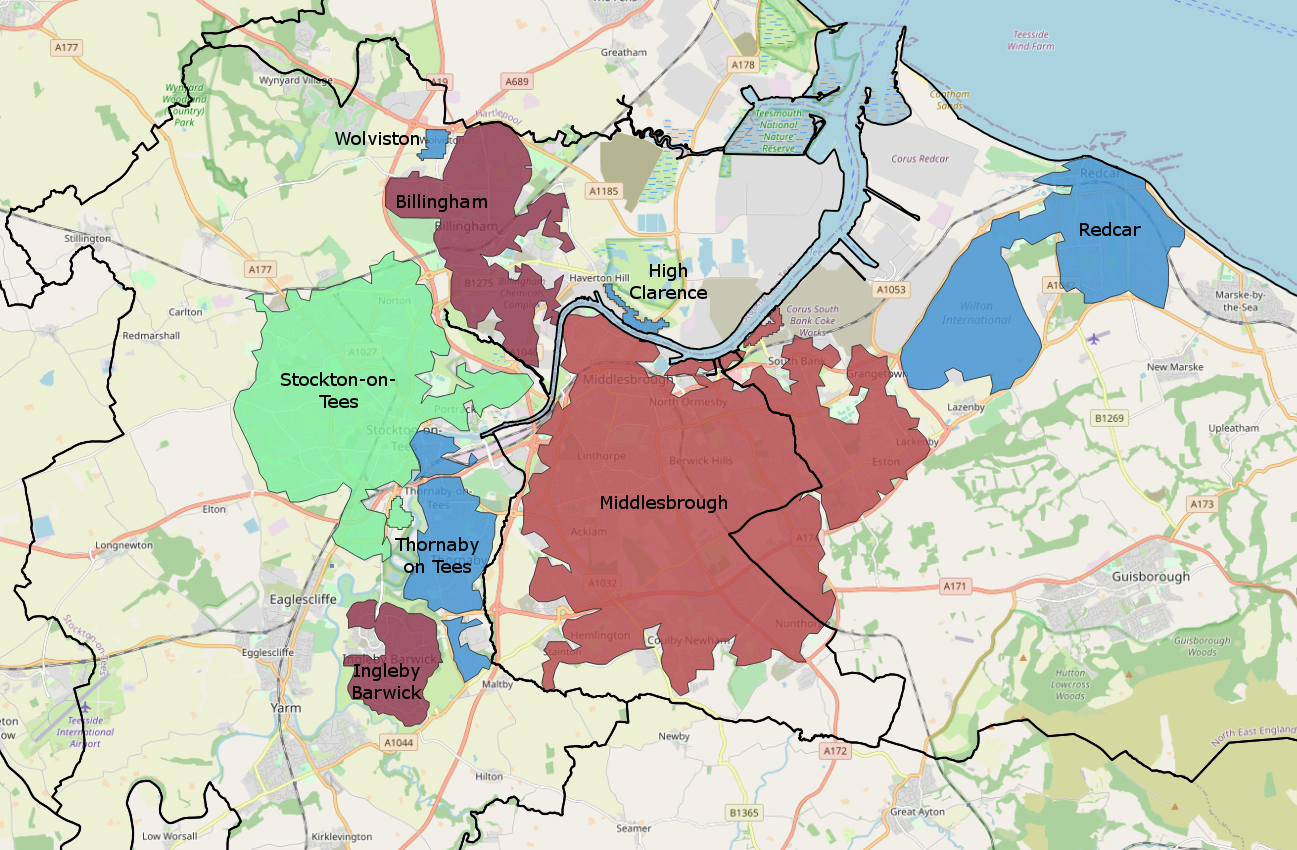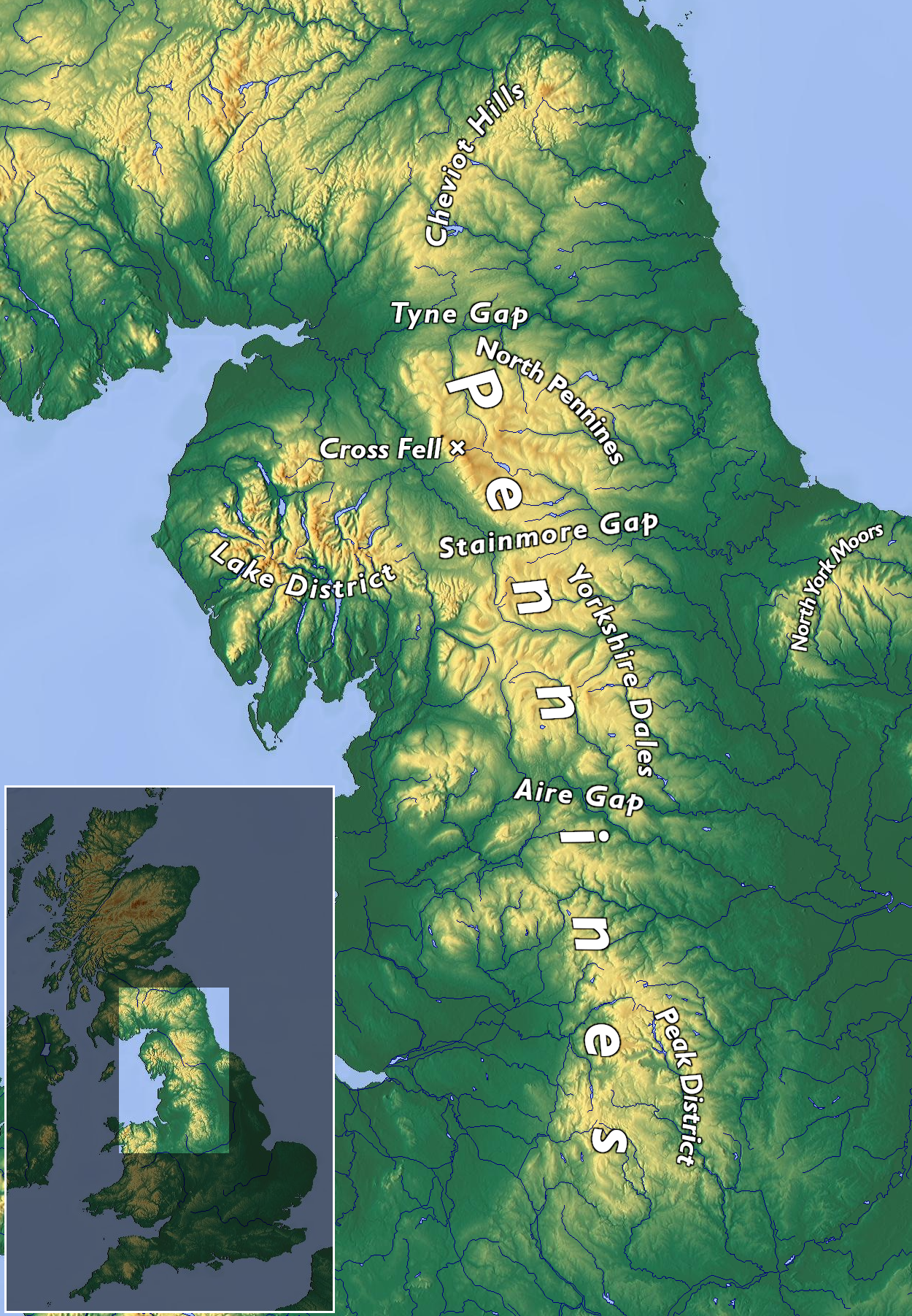|
Staffordshire Oatcake
A Staffordshire oatcake (a type of savoury pancake) is made from oatmeal, flour and yeast to make a dense pancake. It is cooked on a griddle, "backstone" or "baxton". The oatcake is a local speciality in the North Staffordshire area of England. They are normally referred to as ''Staffordshire oatcakes'' by non-locals, because they are made in and around Staffordshire and Cheshire; locally they are simply called "oatcakes". History It was once common throughout the Potteries for oatcakes to be sold directly from the window of a house to customers on the street. The last producer in this style, the "Hole in the Wall" in Stoke-on-Trent, closed for a time on 25 March 2012, but opened again a few years later, in 2019; however, there are many small commercial premises who sell oatcakes, either ready to eat, with a filling, or in batches of half a dozen or a dozen for the customer to take home. Larger commercial enterprises exist that sell oatcakes to supermarkets and other large ... [...More Info...] [...Related Items...] OR: [Wikipedia] [Google] [Baidu] |
Pancake
A pancake (or hotcake, griddlecake, or flapjack) is a flat cake, often thin and round, prepared from a Starch, starch-based batter (cooking), batter that may contain eggs, milk and butter and cooked on a hot surface such as a griddle or frying pan, often frying with oil or butter. It is a type of batter bread. Archaeological evidence suggests that pancakes were probably eaten in prehistoric societies. The pancake's shape and structure varies worldwide. In the United Kingdom, pancakes are often leavening agent, unleavened and resemble a crêpe. In North America, a leavening agent is used (typically baking powder) creating a thick fluffy pancake. A ''crêpe'' is a thin Brittany, Breton pancake of French origin cooked on one or both sides in a special pan or crepe maker to achieve a lacelike network of fine bubbles. A well-known variation originating from southeast Europe is a ''palačinke'', a thin moist pancake fried on both sides and filled with jam, cream cheese, chocolate, ... [...More Info...] [...Related Items...] OR: [Wikipedia] [Google] [Baidu] |
Bakestone
A bakestone is a type of griddle, particularly associated with Wales, where they are used for cooking Welsh cakes. Before the 19th century, bakestones were made of stone; usually oval and of schistose steatite (soapstone), slate or very fine micaceous flaggy sandstone about thick. Modern bakestones are usually circular with a cut-out handle and are made of cast iron or steel, approximately thick. In Lancashire and the West Riding of Yorkshire the spelling is ''bakstone'' and are primarily used to cook very thin, yeasted oatcakes An oatcake is a type of flatbread similar to a cracker or biscuit, or in some versions takes the form of a pancake. They are prepared with oatmeal as the primary ingredient, and sometimes include plain or wholemeal flour as well. Oatcakes ar ... or riddle bread. New bakestones are ''seasoned'' by burning a mixture of lard or oil and salt, giving a non-stick surface and protecting against rust. The blackened surface is not removed when the bakesto ... [...More Info...] [...Related Items...] OR: [Wikipedia] [Google] [Baidu] |
Bakestone
A bakestone is a type of griddle, particularly associated with Wales, where they are used for cooking Welsh cakes. Before the 19th century, bakestones were made of stone; usually oval and of schistose steatite (soapstone), slate or very fine micaceous flaggy sandstone about thick. Modern bakestones are usually circular with a cut-out handle and are made of cast iron or steel, approximately thick. In Lancashire and the West Riding of Yorkshire the spelling is ''bakstone'' and are primarily used to cook very thin, yeasted oatcakes An oatcake is a type of flatbread similar to a cracker or biscuit, or in some versions takes the form of a pancake. They are prepared with oatmeal as the primary ingredient, and sometimes include plain or wholemeal flour as well. Oatcakes ar ... or riddle bread. New bakestones are ''seasoned'' by burning a mixture of lard or oil and salt, giving a non-stick surface and protecting against rust. The blackened surface is not removed when the bakesto ... [...More Info...] [...Related Items...] OR: [Wikipedia] [Google] [Baidu] |
West Riding Of Yorkshire
The West Riding of Yorkshire is one of three historic subdivisions of Yorkshire, England. From 1889 to 1974 the administrative county County of York, West Riding (the area under the control of West Riding County Council), abbreviated County of York (WR), was based closely on the historic boundaries. The lieutenancy at that time included the City of York and as such was named West Riding of the County of York and the County of the City of York. Its boundaries roughly correspond to the present ceremonial counties of West Yorkshire, South Yorkshire and the Craven, Harrogate and Selby districts of North Yorkshire, along with smaller parts in Lancashire (for example, the parishes of Barnoldswick, Bracewell, Brogden and Salterforth became part of the Pendle district of Lancashire and the parishes of Great Mitton, Newsholme and Bowland Forest Low became part of the Ribble Valley district also in Lancashire), Cumbria, Greater Manchester and, since 1996, the unitary East Riding of ... [...More Info...] [...Related Items...] OR: [Wikipedia] [Google] [Baidu] |
Yorkshire Woman Making Oat Cakes
Yorkshire ( ; abbreviated Yorks), formally known as the County of York, is a historic county in northern England and by far the largest in the United Kingdom. Because of its large area in comparison with other English counties, functions have been undertaken over time by its subdivisions, which have also been subject to periodic reform. Throughout these changes, Yorkshire has continued to be recognised as a geographic territory and cultural region. The name is familiar and well understood across the United Kingdom and is in common use in the media and the military, and also features in the titles of current areas of civil administration such as North Yorkshire, South Yorkshire, West Yorkshire and the East Riding of Yorkshire. Within the borders of the historic county of Yorkshire are large stretches of countryside, including the Yorkshire Dales, North York Moors and Peak District national parks. Yorkshire has been nicknamed "God's Own Country" or "God's Own County" by its in ... [...More Info...] [...Related Items...] OR: [Wikipedia] [Google] [Baidu] |
Haversack
A haversack, musette bag or small pack is a bag with a single shoulder strap. Although similar to a backpack, the single shoulder strap differentiates this type from other backpacks. There are exceptions to this general rule. Origins The word ''haversack'' is an adaptation of the German ''Hafersack'' and also the Dutch ''haverzak'' meaning "oat sack", (which more properly describes a small cloth bag on a strap worn over one shoulder and originally referred to the bag of oats carried as horse fodder). The term was adopted by both the English and French (as ''havresac'') cavalry in the 17th century. The word '' haver'' likewise means "oats" in Northern English and Scottish dialects. The haversack, especially when used in the military, was generally square and about 12 inches (30 cm) per side with a button-down flap to close it. When empty, the bag could be folded in three and an extra button on the back of the bag would allow it to be refixed in this position. For the milit ... [...More Info...] [...Related Items...] OR: [Wikipedia] [Google] [Baidu] |
33rd Regiment Of Foot
The Duke of Wellington's Regiment (West Riding) was a line infantry regiment of the British Army, forming part of the King's Division. In 1702, Colonel George Hastings, 8th Earl of Huntingdon, was authorised to raise a new regiment, which he did in and around the city of Gloucester. As was the custom in those days the regiment was named Huntingdon's Regiment after its Colonel. As Colonel succeeded Colonel the name changed, but in 1751 regiments were given numbers, and the regiment was from that time officially known as the 33rd Regiment of Foot. In 1782, the regiment's title was changed to the 33rd (or First Yorkshire West Riding) Regiment, thus formalising an association with the West Riding of Yorkshire which, even then, had been long established. The first Duke of Wellington died in 1852 and in the following year Queen Victoria, in recognition of the regiment's long ties to him, ordered that the regiment's title be changed to the 33rd (or The Duke of Wellington's) Regiment. I ... [...More Info...] [...Related Items...] OR: [Wikipedia] [Google] [Baidu] |
Teesside
Teesside () is a built-up area around the River Tees in the north of England, split between County Durham and North Yorkshire. The name was initially used as a county borough in the North Riding of Yorkshire. Historically a hub for heavy manufacturing, the number of people employed in this type of work declined from the 1960s onwards, with steel-making and chemical manufacturing (particularly through Imperial Chemical Industries) replaced to some extent by new science businesses and service sector roles. History 1968–1974: County borough Before the county of Cleveland was created, the area (including Stockton-on-Tees) existed as a part of the North Riding of Yorkshire, due to most land being south of the Tees. Teesside was created due to Stockton-on-Tees being linked heavily with Thornaby (which had amalgamated with South Stockton/Mandale to form the Borough of Thornaby), Middlesbrough and Redcar by industry. Compared to the modern Teesside conurbation, the area was sma ... [...More Info...] [...Related Items...] OR: [Wikipedia] [Google] [Baidu] |
North Riding Of Yorkshire
The North Riding of Yorkshire is a subdivision of Yorkshire, England, alongside York, the East Riding and West Riding. The riding's highest point is at Mickle Fell with 2,585 ft (788 metres). From the Restoration it was used as a lieutenancy area, having been previously part of the Yorkshire lieutenancy. Each riding was treated as a county for many purposes, such as quarter sessions. An administrative county, based on the riding, was created with a county council in 1889 under the Local Government Act 1888. In 1974 both the administrative county and the North Riding of Yorkshire lieutenancy were abolished, replaced in most of the riding by the non-metropolitan county and lieutenancy of North Yorkshire. History Archives from 1808 record that the "north-riding of York-shire" had once consisted of "fifty-one lordships" owned by Robert the Bruce. During the English Civil War, the North Riding predominantly supported the royalist cause, while other areas of York ... [...More Info...] [...Related Items...] OR: [Wikipedia] [Google] [Baidu] |
Joan Ingilby
Joan Alicia Ingilby MBE (11 December 1911 – 27 October 2000) was a British poet, historian and collector. Her books recorded life in the Yorkshire Dales and she was a co-founder of a museum founded on the artefacts that she and Marie Hartley had collected. Life Ingilby was born at Sleningford Grange in North Stainley on 11 December 1911. Her parents were Marjorie Cecily (born Phelips) and Lieutenant-Colonel John Uchtred Macdowall Ingilby. Her father was related to the family who own Ripon Castle. Ingilby was sent to Norfolk for her education. She was a poet and her work was published in Country Life and Time and Tide. Marie Hartley and Ingilby started to work together. Hartley had previously been in a long partnership with Ella Pontefract and they had published six books together. Pontefract had died young in 1945. Ingilby was an admirer of Ponterfract, she said "She loved people and was the best listener I have ever met". Ingilby and Hartley curated written material and art ... [...More Info...] [...Related Items...] OR: [Wikipedia] [Google] [Baidu] |
Buttermilk
Buttermilk is a fermented dairy drink. Traditionally, it was the liquid left behind after churning butter out of cultured cream. As most modern butter in western countries is not made with cultured cream but uncultured sweet cream, most modern buttermilk in western countries is cultured separately. It is common in warm climates where unrefrigerated milk sours quickly. Buttermilk can be drunk straight, and it can also be used in cooking. In making soda bread, the acid in buttermilk reacts with the raising agent, sodium bicarbonate, to produce carbon dioxide which acts as the leavening agent. Buttermilk is also used in marination, especially of chicken and pork. Traditional buttermilk Originally, buttermilk referred to the liquid left over from churning butter from cultured or fermented cream. Traditionally, before the advent of homogenization, the milk was left to sit for a period of time to allow the cream and milk to separate. During this time, naturally occurring lact ... [...More Info...] [...Related Items...] OR: [Wikipedia] [Google] [Baidu] |
Pennines
The Pennines (), also known as the Pennine Chain or Pennine Hills, are a range of uplands running between three regions of Northern England: North West England on the west, North East England and Yorkshire and the Humber on the east. Commonly described as the "backbone of England", the range stretches northwards from the Peak District at the southern end, through the South Pennines, Yorkshire Dales and North Pennines to the Tyne Gap, which separates the range from the Border Moors and Cheviot Hills across the Anglo-Scottish border, although some definitions include them. South of the Aire Gap is a western spur into east Lancashire, comprising the Rossendale Fells, West Pennine Moors and the Bowland Fells in North Lancashire. The Howgill Fells and Orton Fells in Cumbria are sometimes considered to be Pennine spurs to the west of the range. The Pennines are an important water catchment area with numerous reservoirs in the head streams of the river valleys. The North Pennin ... [...More Info...] [...Related Items...] OR: [Wikipedia] [Google] [Baidu] |






